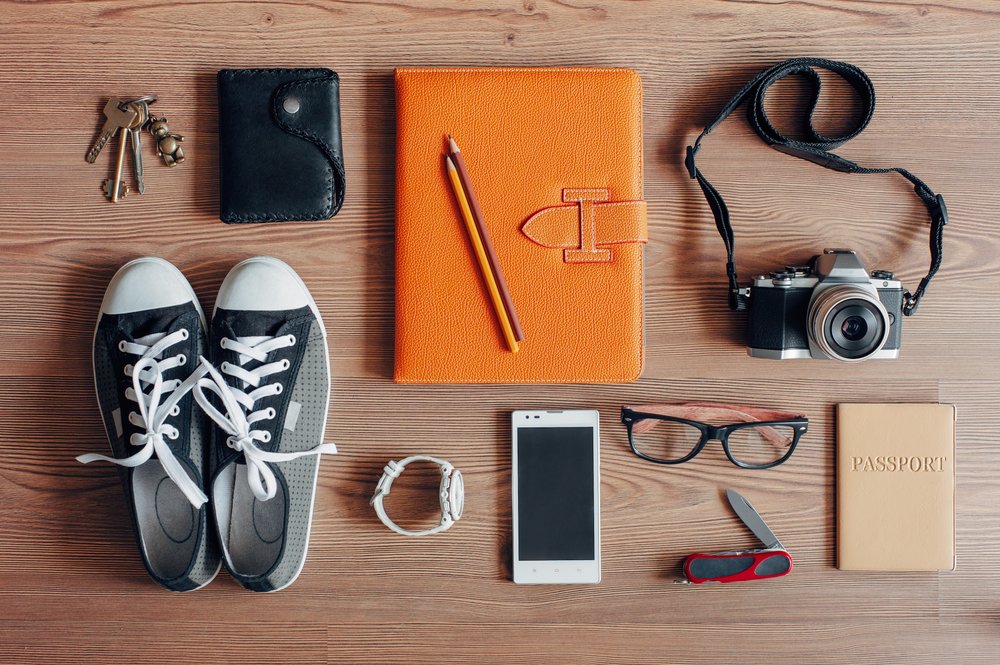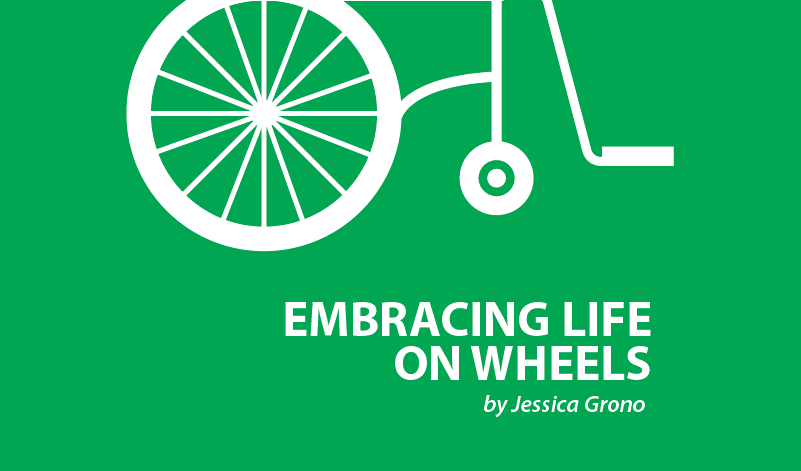8 Tips for Wheelchair Travel on an Airplane


Spring and summer are often a time for travel and adventure. There are places to see and things to do, so never allow your disability to hold you back. Having a disability can make doing things like travel a bit more complicated, but never impossible, especially if you set your mind to it. I have had the wonderful experience of traveling by airplane many times both by myself and accompanied.
I have learned how to make traveling by plane much easier, and hope to help you in your next adventure.
Sharing what I’ve learned
- Know your equipment backwards and forwards. When you check in your wheelchair, they will want to know everything and anything — so be prepared. Here are some questions that you may want to be prepared for: How much does the wheelchair weigh? Can it fold? If it is a power wheelchair, what type of batteries do you have? Where do you want your wheelchair brought back to you? Any fragile pieces that they need to be extra careful with? What are the dimensions of the wheelchair?
- Call ahead to the airline to see what, if anything, you need to do differently when you arrive at the airport. By calling in advance, you can tell them what you need, so hopefully everything will be in place on that travel day. Also make sure you arrive early, just in case things don’t go as smoothly as planned.
- When boarding and getting off an airplane, there will be transferring involved. This is the time to speak up, be patient, and be ready to be moved. Depending on your disability, certain movements might cause pain, spasticity, or some discomfort. Try to convey your needs and knowledge on the best and easiest way to transfer and assist you. I always take a painkiller (like an Advil) before I travel to ease any pain that I might experience.
- I know we have all heard horror stories about the TSA and treatment of people with disabilities. However, I believe that in most cases the TSA want to be as respectful as possible. Be honest about your disability and equipment. Share your concerns and try to understand that they have a job to do. They need to help ensure the safety of everyone on that flight. I might not like everything they need to do, but I know that they are trying. If you do feel they crossed a line while searching you, by all means, speak up.
- Remember to use the bathroom, eat, take medicine and anything else to help you be healthy and comfortable on the trip. Bathrooms are tiny on a plane and might not be practical. One time I had to travel on my own by plane back to my college. I had to hold my bladder for a very long time, and I ended up having a bladder spasm so bad that I needed to go to the hospital. So now I always go before I board a plane, and limit anything that might make me need to use the bathroom.
- Be nice. Being friendly, flexible and kind goes a long way with travel. Treat others how you would like to be treated. Use light humor and a smile.
- Have paperwork readily accessible. Make sure your ID, passport, travel itinerary, tickets and any other important documents are easily accessible when needed (and believe me, you’ll need them often.)
- Ask for help. In my 20s, I didn’t always ask for help because I was shy or afraid to ask. I was on a four-hour flight alone, and afraid to ask for a straw so I could have a quick drink. Now I would, so please ask!
I hope these tips will help make your next flight go as smoothly as possible.
***
Note: Cerebral Palsy News Today is strictly a news and information website about the disease. It does not provide medical advice, diagnosis, or treatment. This content is not intended to be a substitute for professional medical advice, diagnosis, or treatment. Always seek the advice of your physician or other qualified health provider with any questions you may have regarding a medical condition. Never disregard professional medical advice or delay in seeking it because of something you have read on this website. The opinions expressed in this column are not those of Cerebral Palsy News Today or its parent company, BioNews Services, and are intended to spark discussion about issues pertaining to cerebral palsy.



Leave a comment
Fill in the required fields to post. Your email address will not be published.